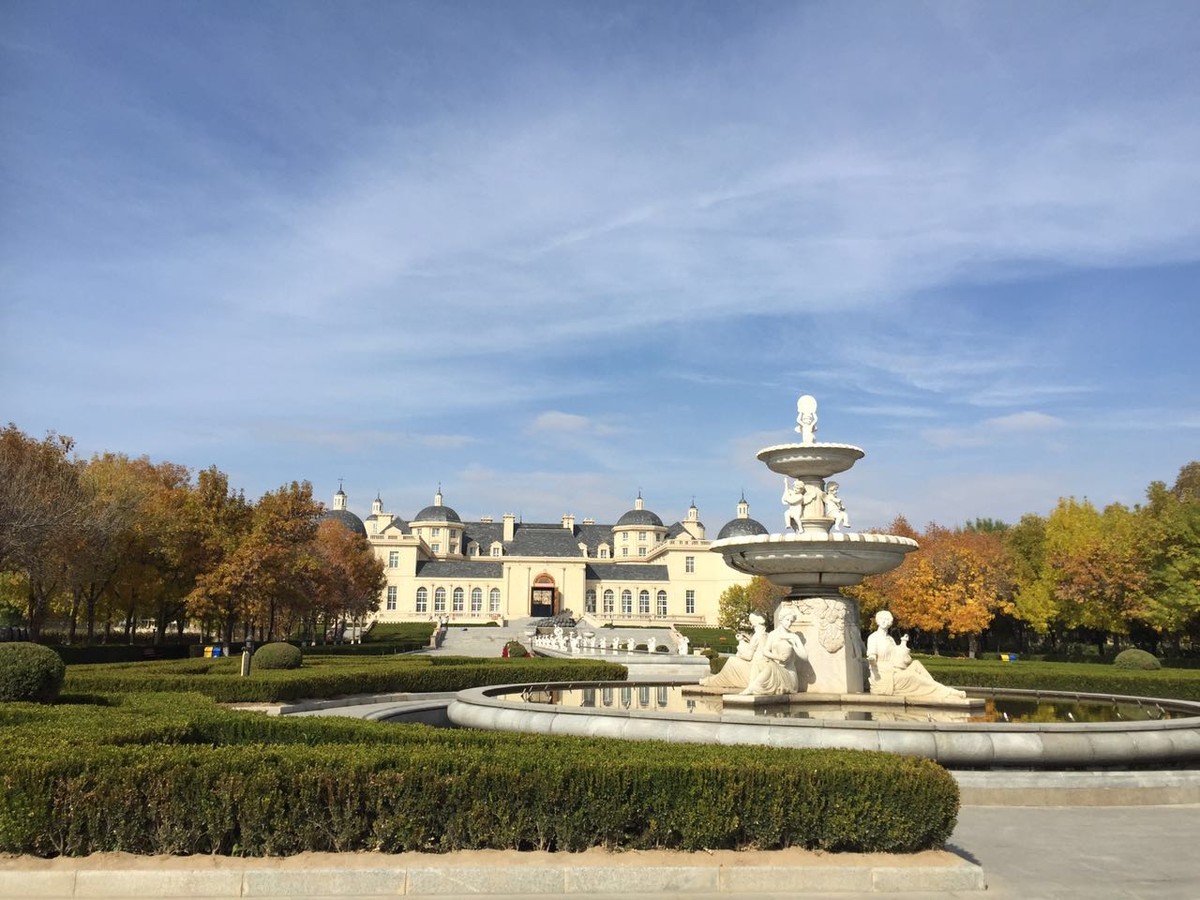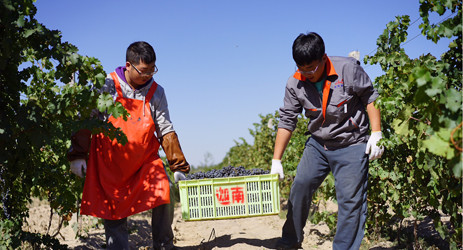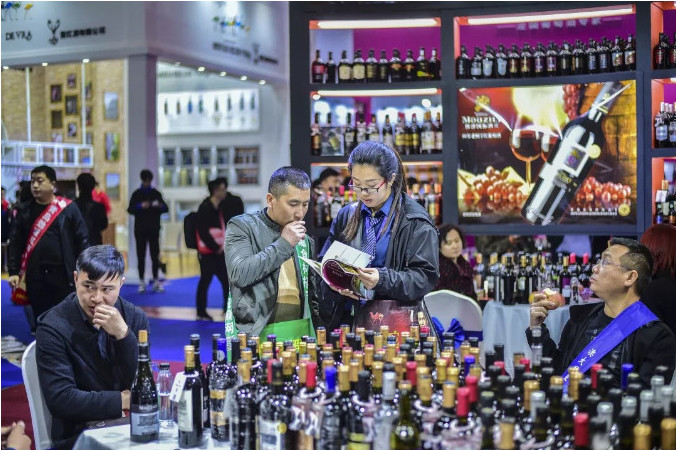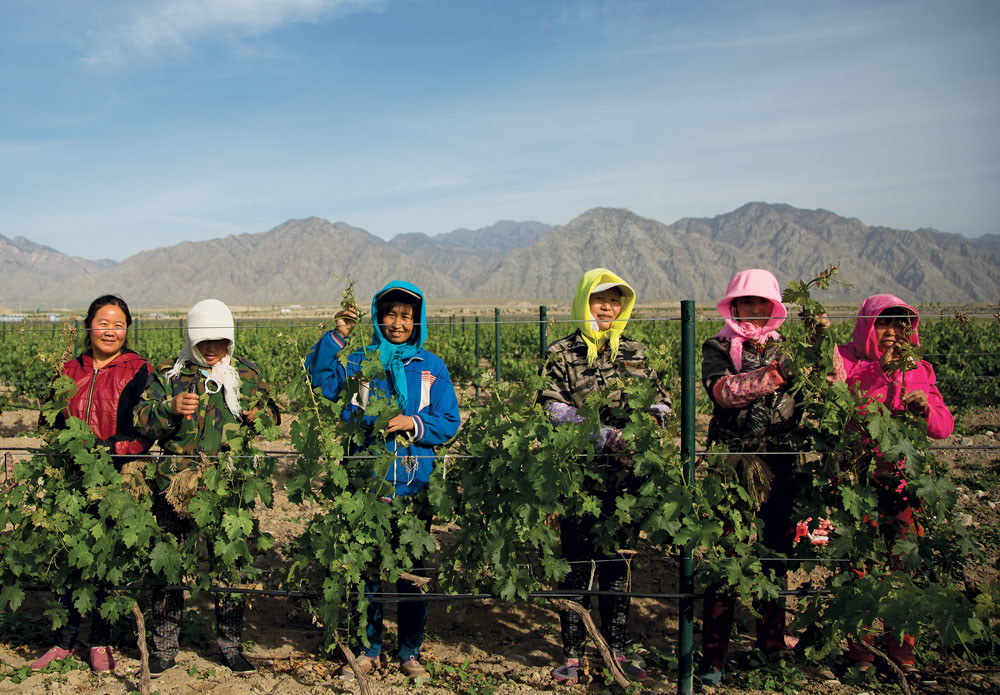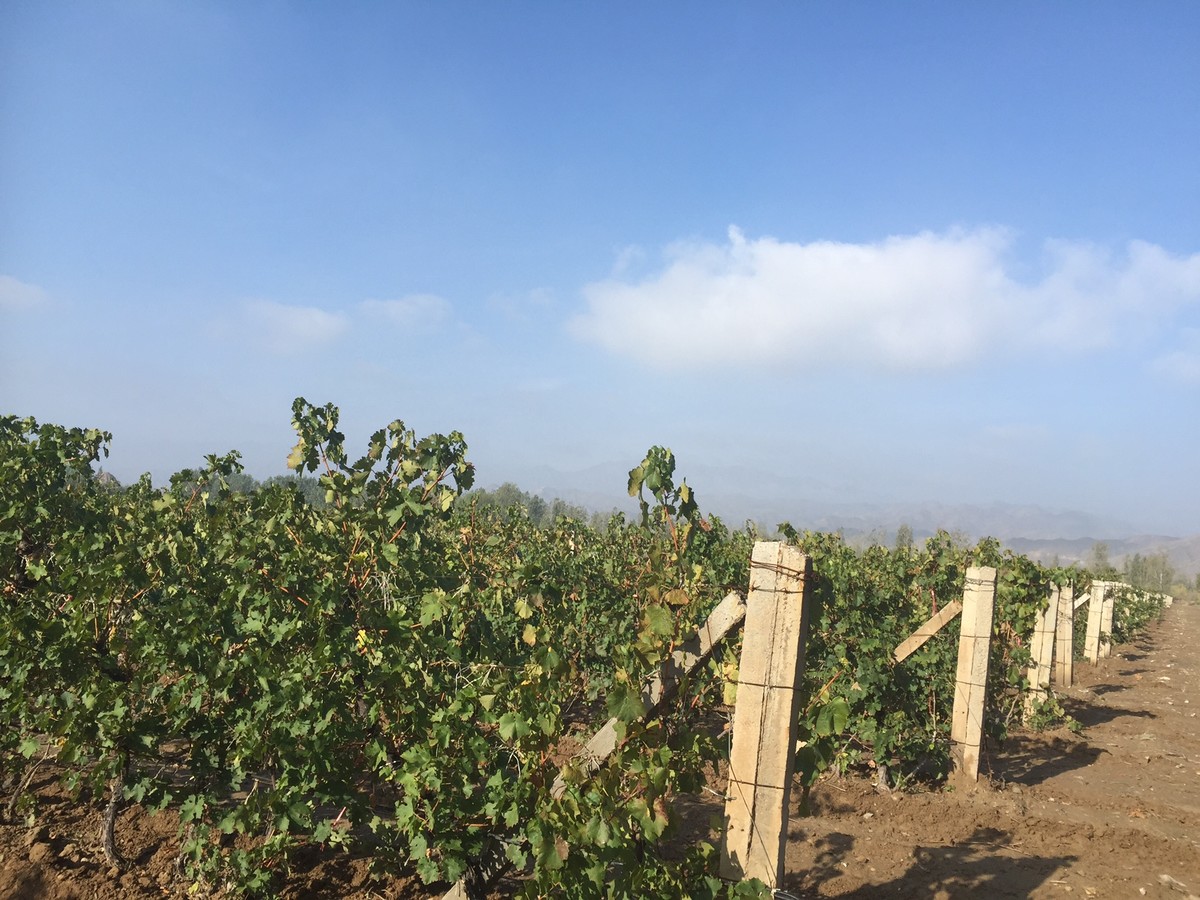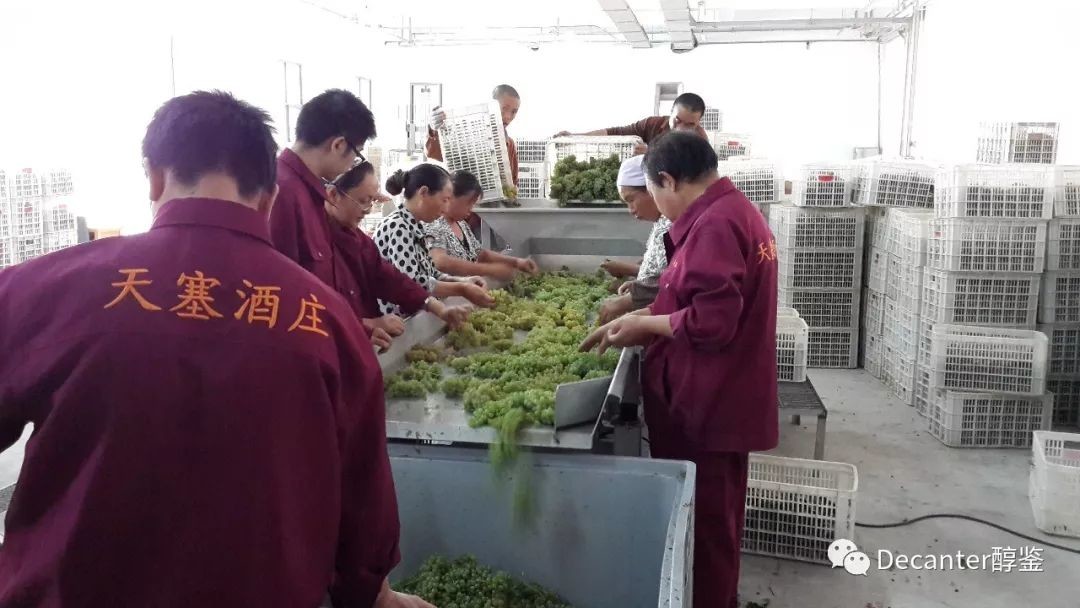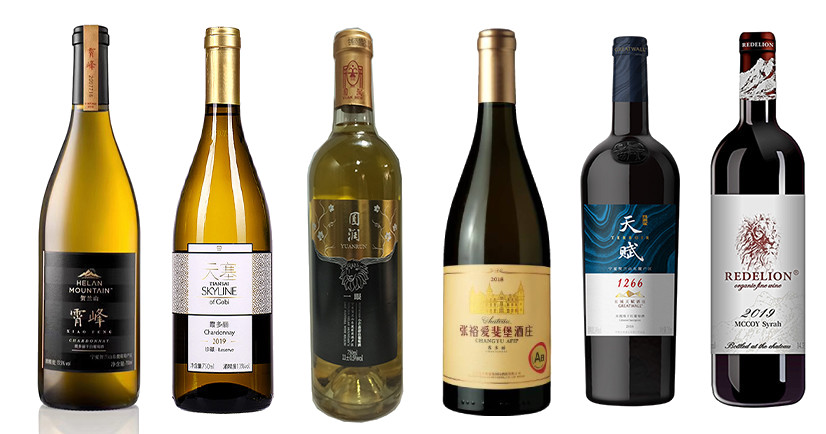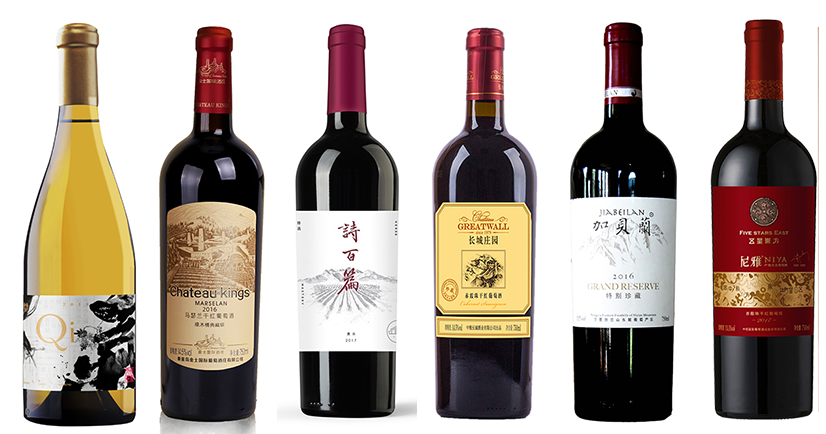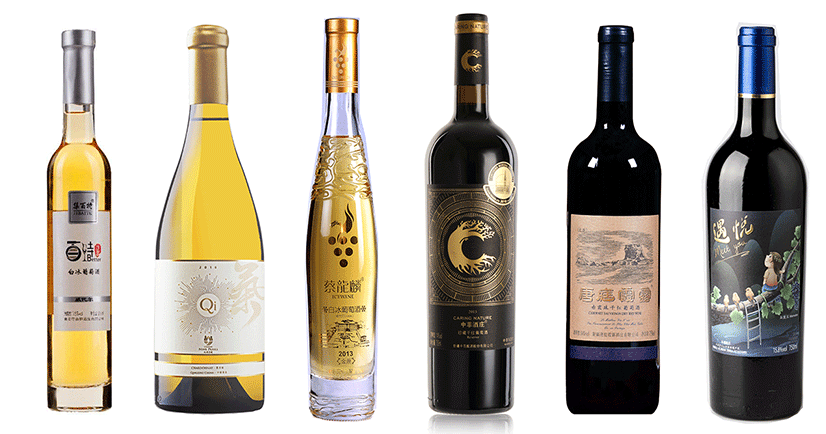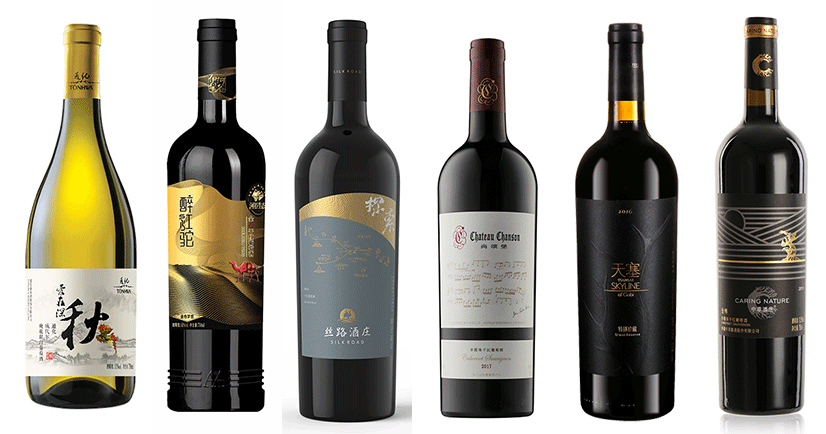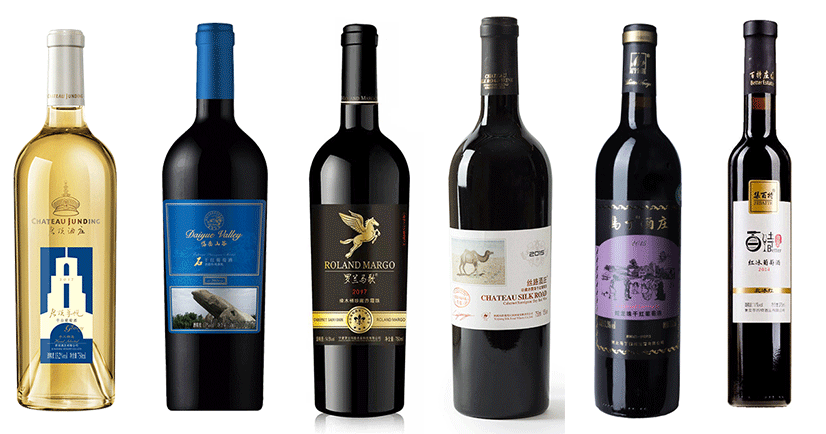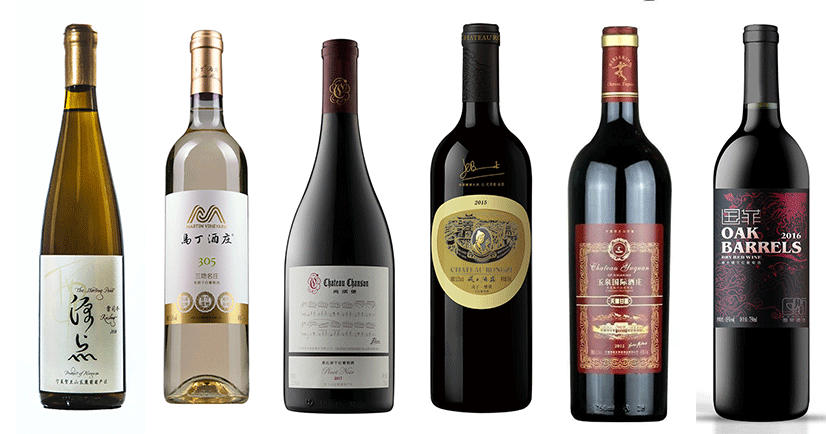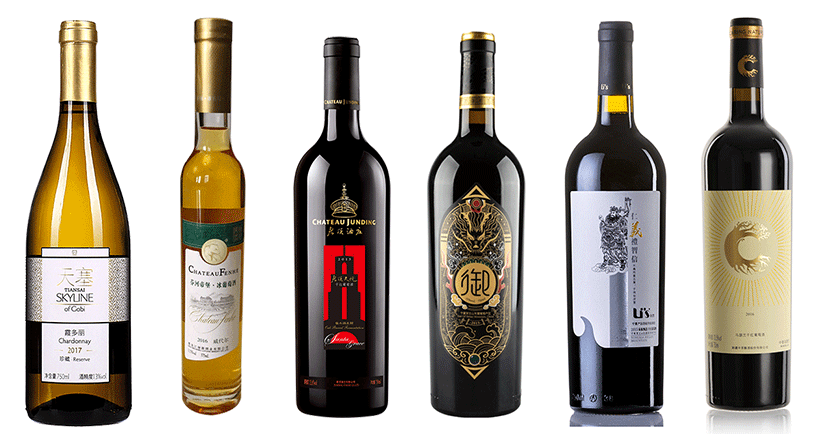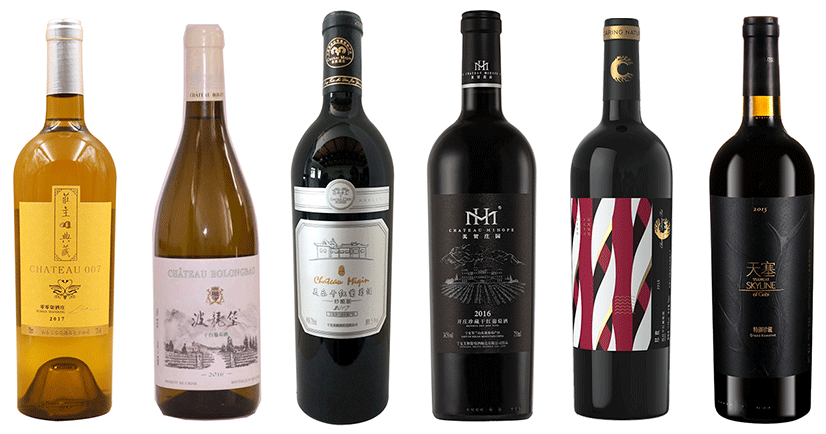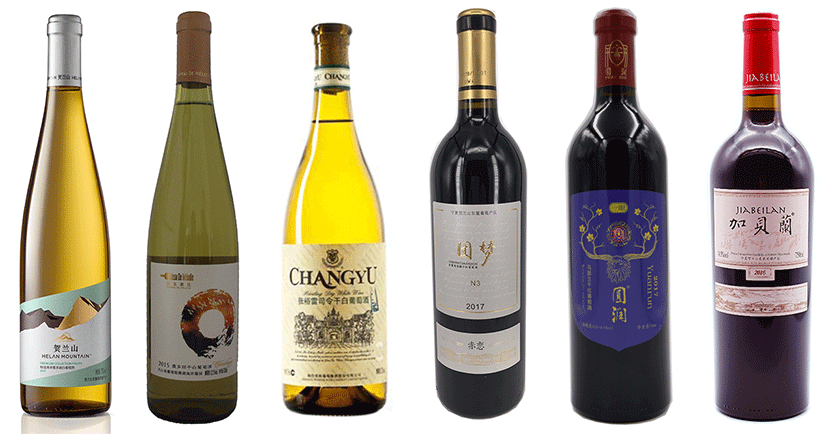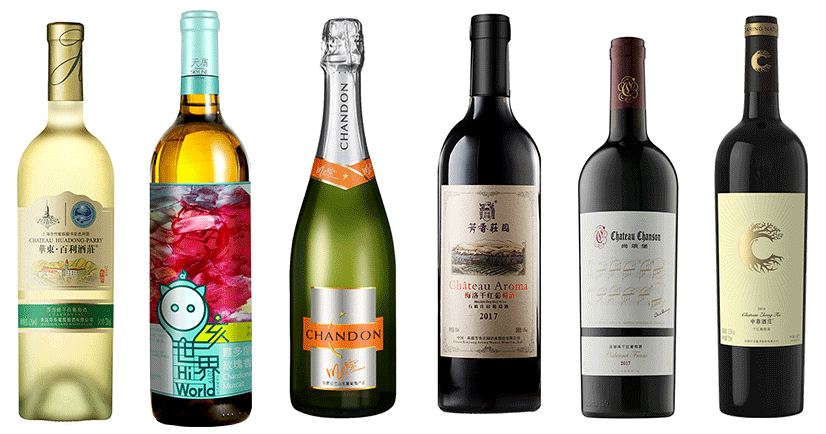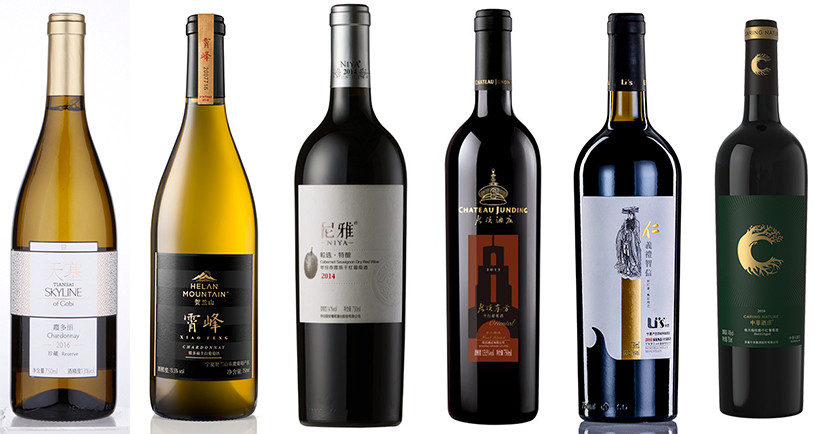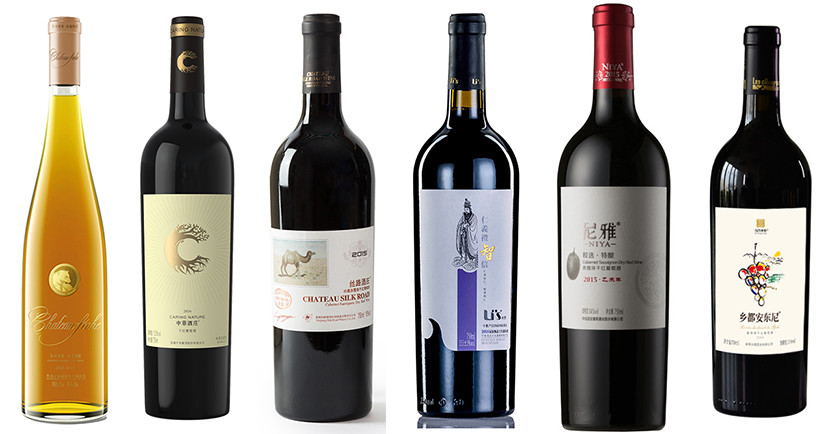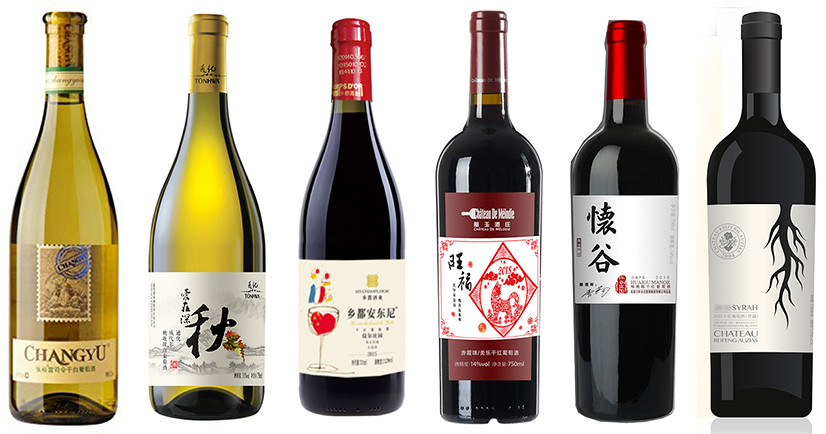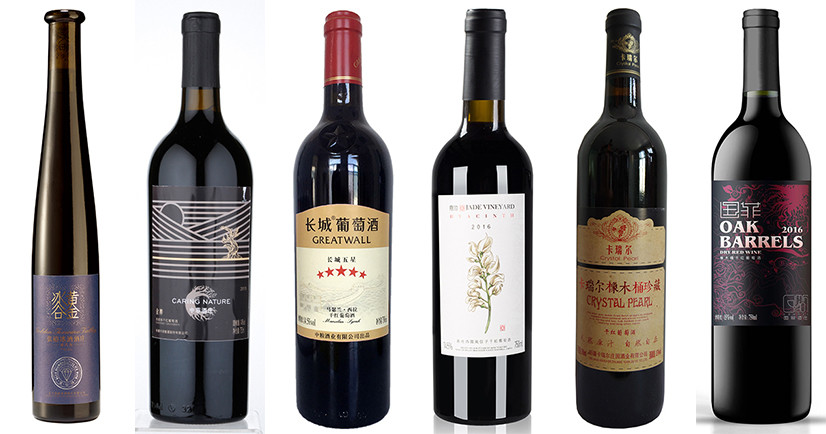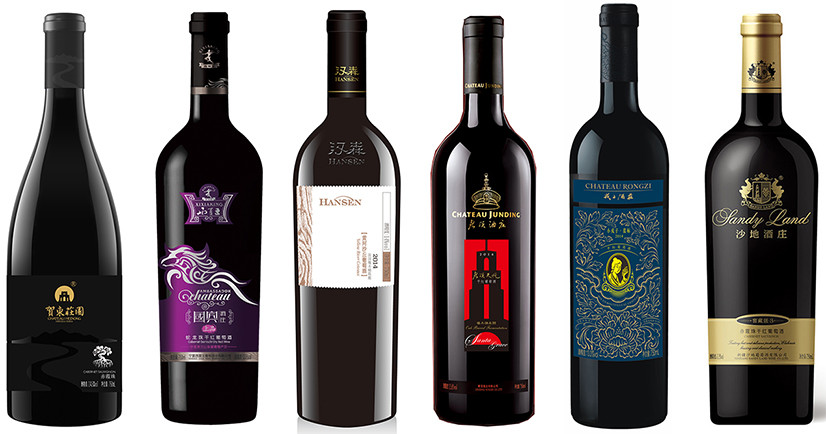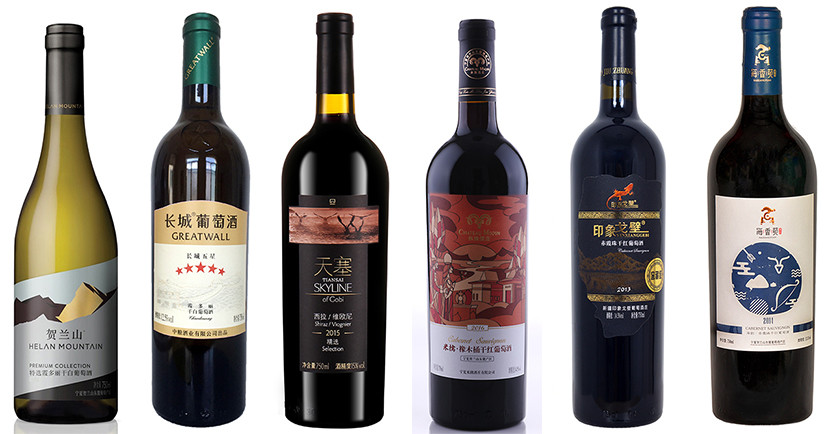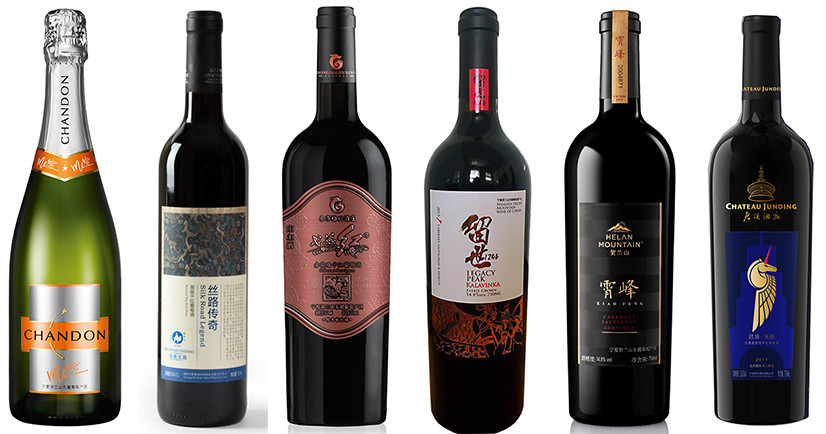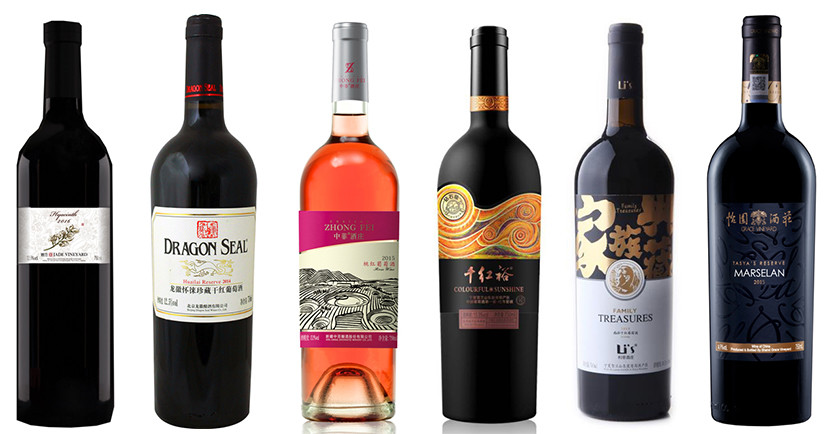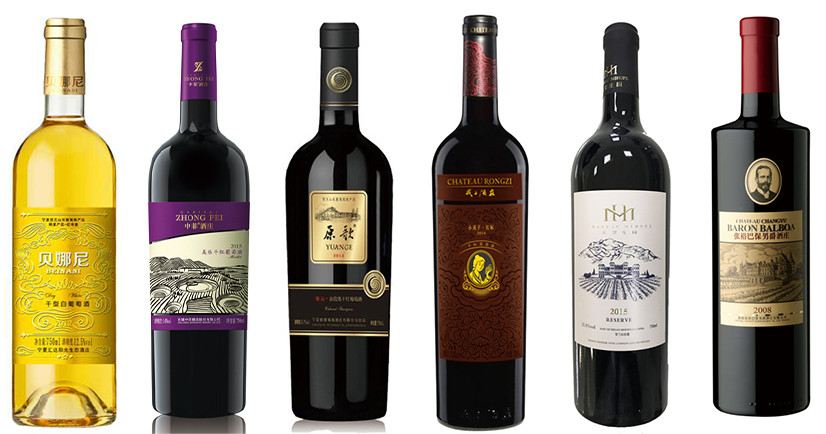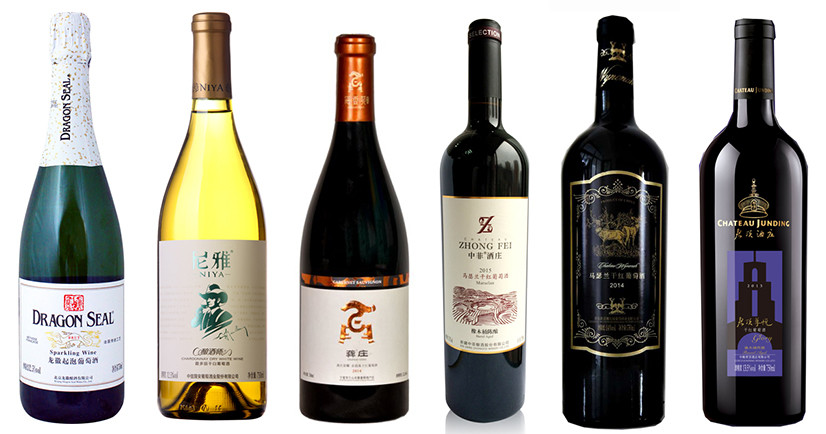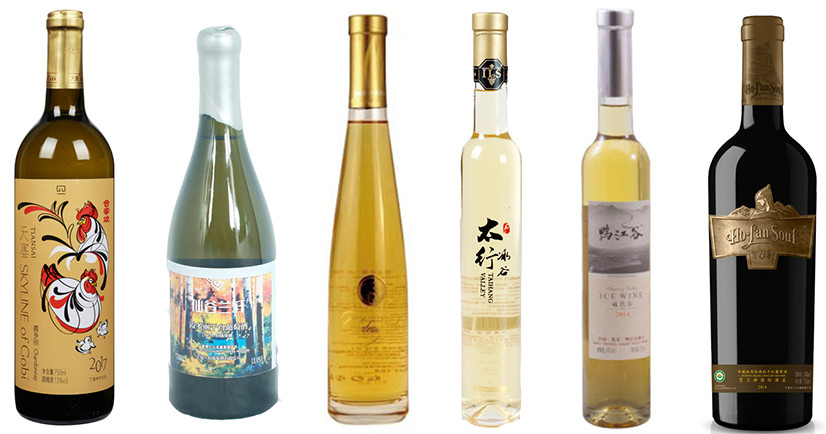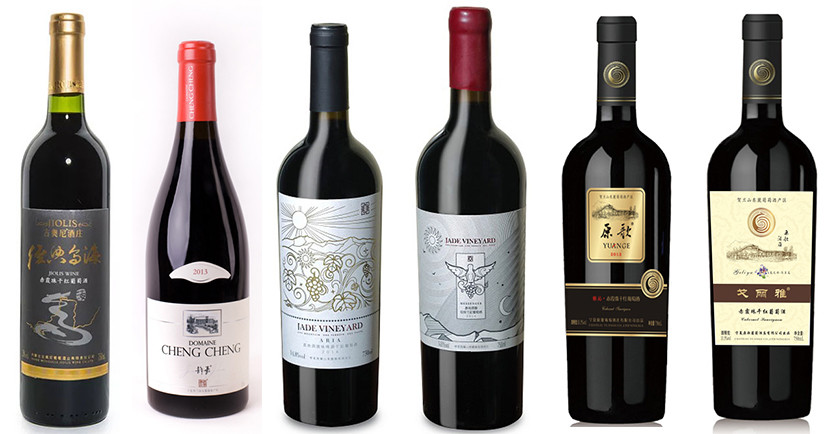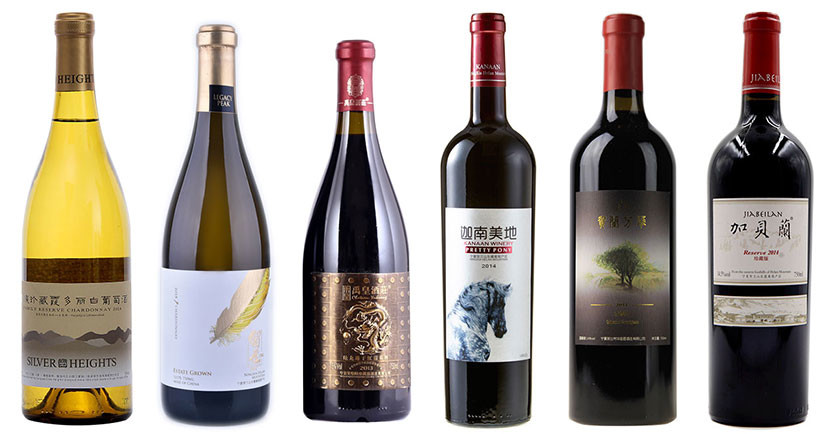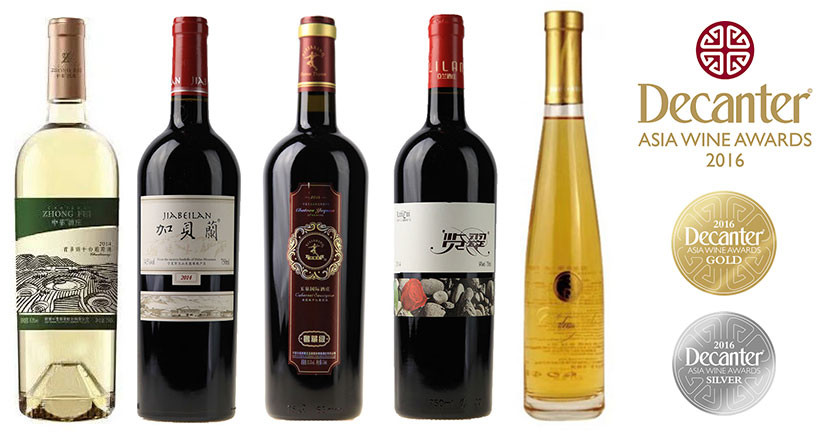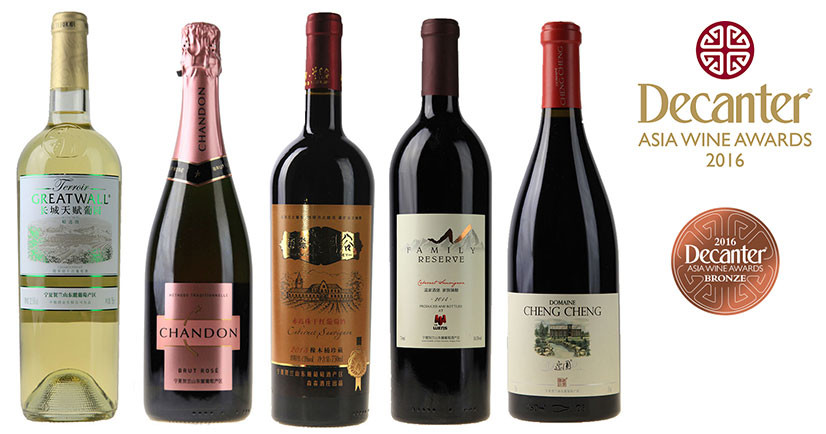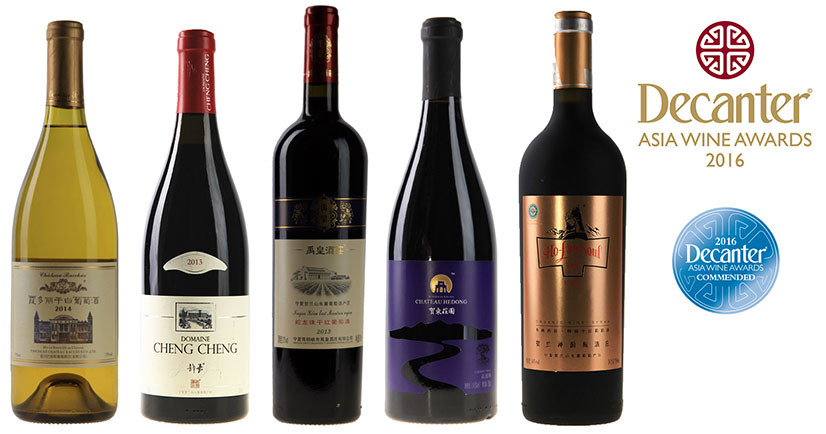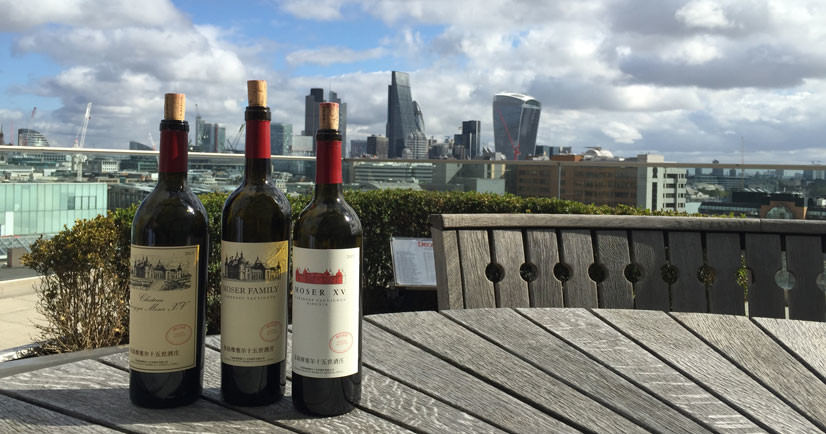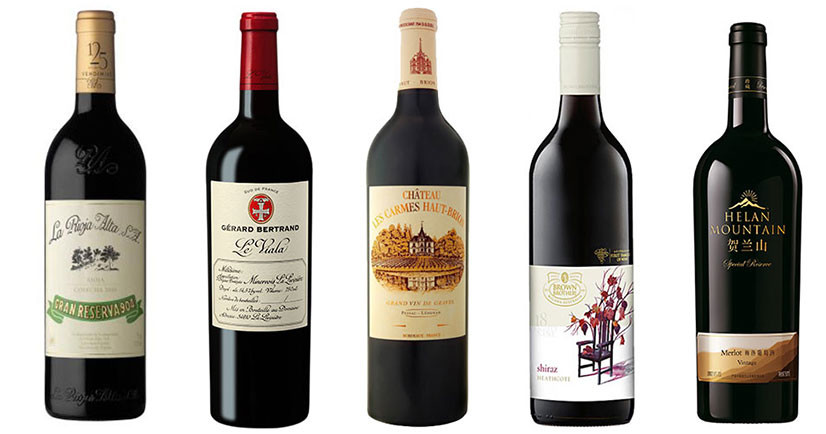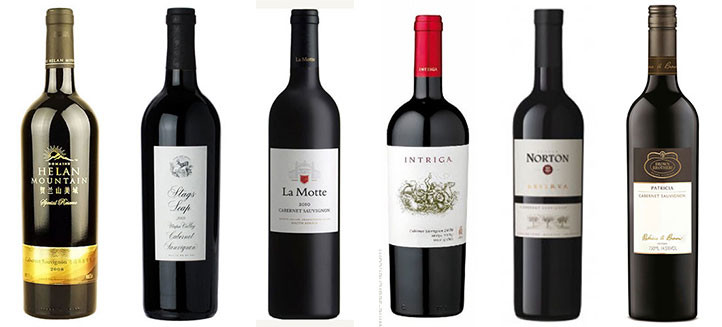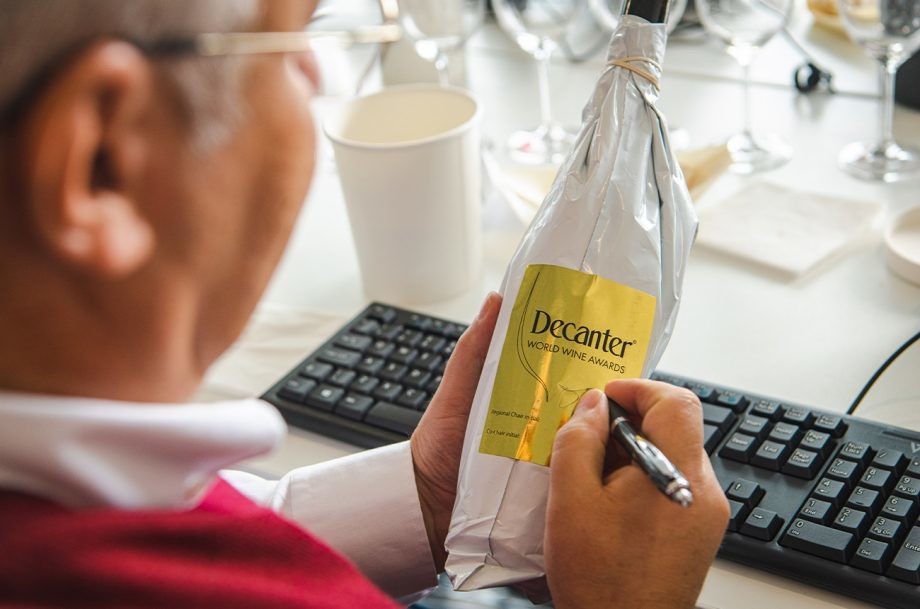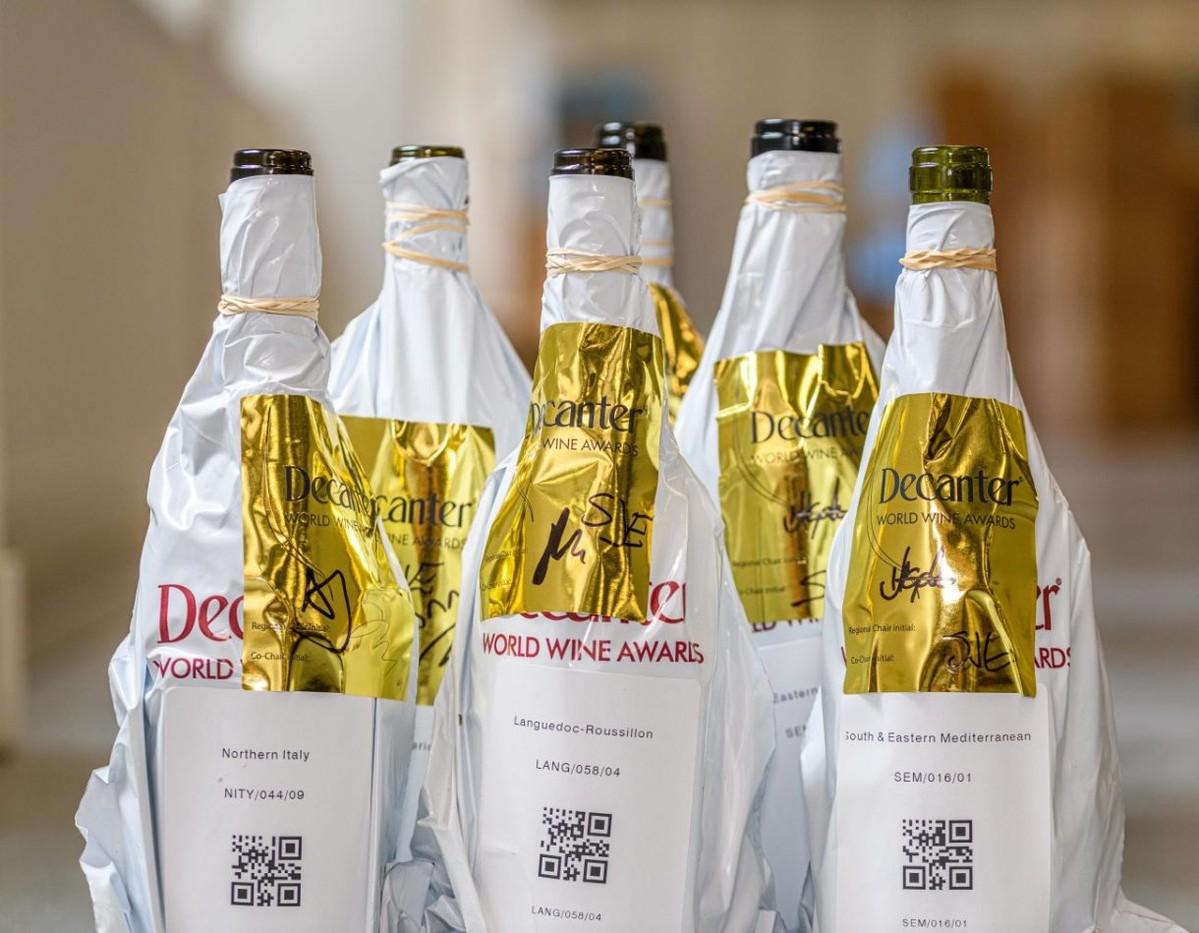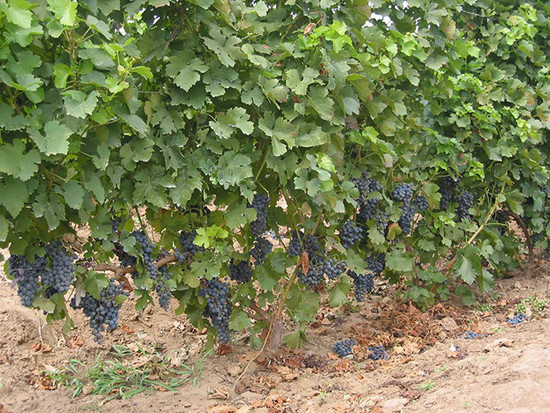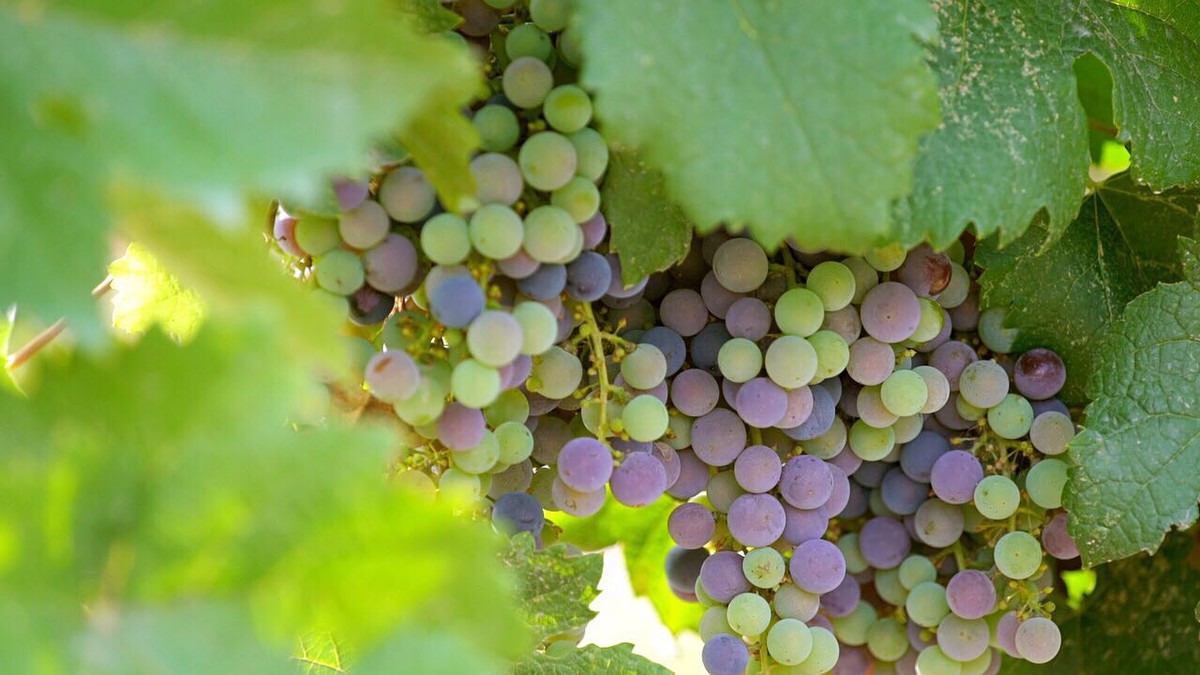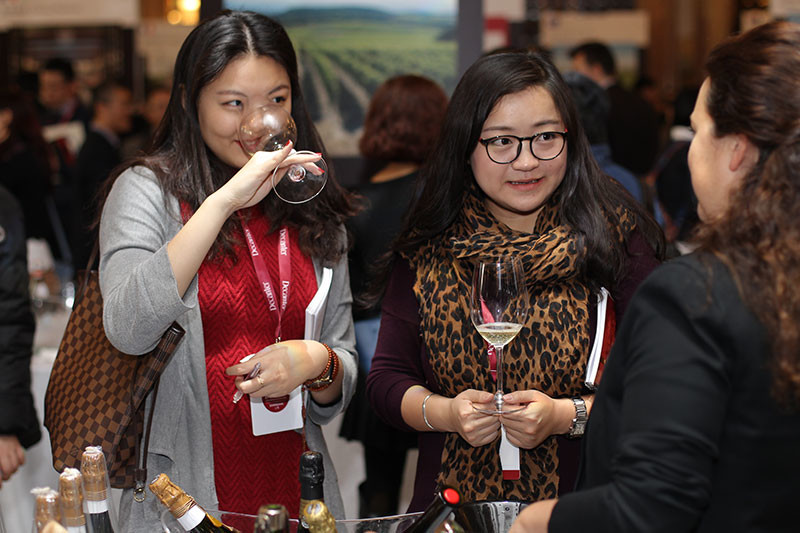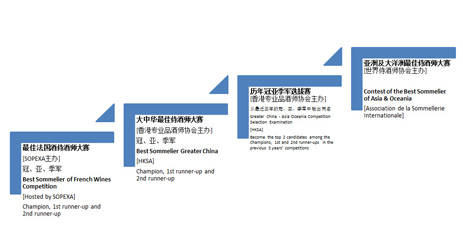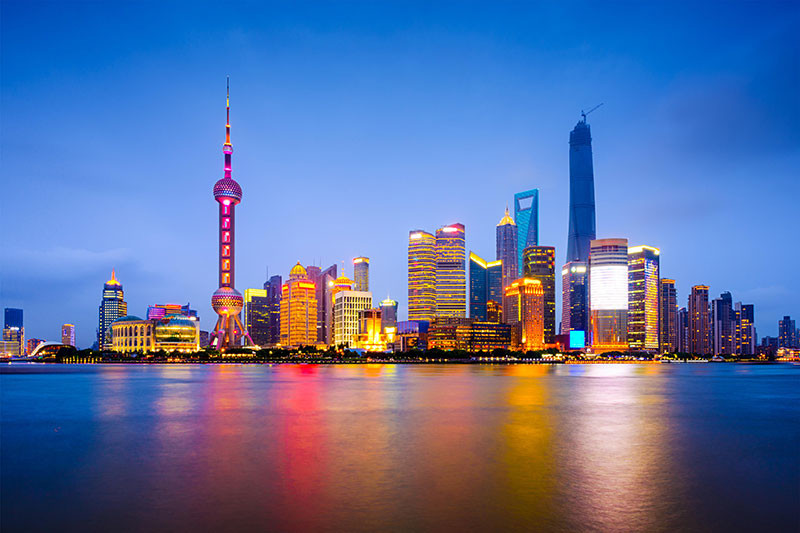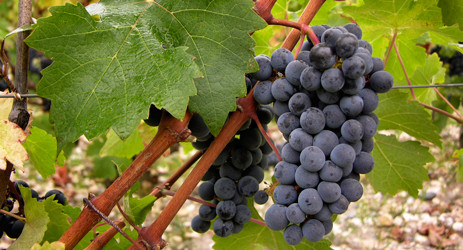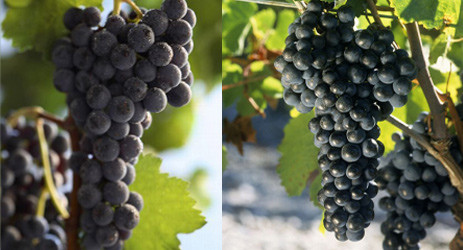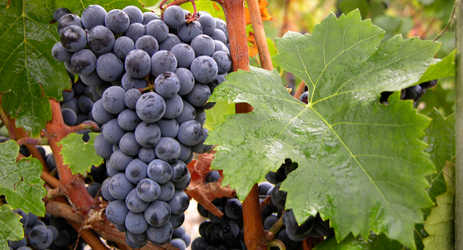Exploring China's wine country to understand its districts, regions and producers to know.
A shortened version was published in Decanter's China supplement, part of the October 2024 issue.

Author: LI Demei
The author is a professor and director of Oenology Engineering at Beijing Agriculture College and the vice-president of the Chinese Viticulture Society. He consults for several vineyards in China and is a widely travelled judge, author and lecturer.

Related article:
· The history of Chinese wine growing and winemaking (Part I)
· The history of Chinese wine growing and winemaking (Part II)
Given the nation’s long history, it may not be surprising that archaeological evidence suggests that Chinese people first attempted winemaking from 9000 years ago.
However, the vast landscape of the country, which nurtured a wealth of indigenous grape varieties, and scattered plantings poses challenges to defining the wine regions in the conventional method – one that is set in the specific terroir and completed with the typical viticultural and winemaking methods.
Therefore, the familiar Chinese wine ‘regions’ such as Ningxia and Xinjiang are in fact, defined by administrative borders.
In this guide, we are going to follow the customary practice for the local trade to start with the generic wine districts throughout the Mainland, then proceed to provincial wine regions within each district, and finally identify the sub-regions – the areas featuring concentrated plantings of considerable scale and history and display distinctive characteristics.
The Northwestern Wine District
*North of the Qinling-Huaihe line and west of the Taihang Mountains
XINJIANG
The earliest plantings of European wine grapes (Vitis vinifera) in China are found in Xinjiang, dating back 2300 years. The inland region boasts the largest land under grapevine in China and is the primary source of quality raisins and table grapes. With sufficient sunshine and expansive land, Xinjiang saw a rapid increase in wine grape plantings in the last two decades. The important sub-regions include:
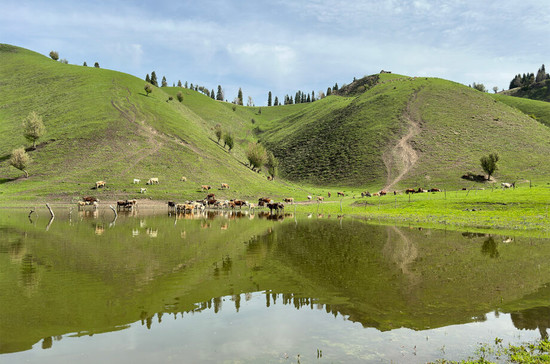
Yili Valley
Deep in the West Tianshan Mountain, the Yili Valley is sandwiched between mountain ridges in the north and south, with the altitude decreasing from the southeast towards the northwest. The warm and humid air from the Atlantic, having travelled past the wetlands of Central Asia, is captured here, bringing an annual rainfall of 400mm – enough to make it the most humid sub-region in Xinjiang, and one that prides itself on the diversity of varieties. Sufficient snowfall provides some protection for vines in harsh winters, which means growers don’t need to bury their vines as deeply as many other northern wine regions in China.
Most wine plantings are found on the southern bank of the Yili River between 800-1100 metres altitude.
Producers to know: Silk Road Winery, Yizhu Winery and Chateau Crescent are the top names to know.
Yanqi Basin
The Yanqi Basin is the Mesozoic rift basin located northeast of the Tarim Basin, between the main and branch ranges of the Tianshan Mountains. The snowmelt-formed Bosten Lake, boasting 1,646km2 (in 2020), moderates its continental climate. At 1100m altitude, the region sees less than 80mm of rain each year and the arid conditions are perfect for organic viticulture.
Producers to know: Tiansai Vineyards, Zhongfei Winery, Xiangdu Winery and Chateau Guofei
Tianshan Mountain North
This sub-region encompasses the vast north foothills of the east-west-oriented Tianshan Mountains amidst central Xinjiang. Spanning a long distance from east to west, with several big cities within its realm, the sub-region is well-positioned to produce wine in scale. At 44 degrees north latitude and 450-1000m altitude, with 110-200mm annual rainfall, this is China’s most northerly wine region for dry wines.
Producers to know: Citic Niya, Chateau Changyu Baron Balboa and Tangtingxialu Winery.
Turpan-Hami Basin
With less than 20mm of annual rainfall, this is an arid and hot sub-region that benefits from the ancient ‘qanat’ irrigation system which sources and transports groundwater from a series of sloping underground tunnels. The Turpan Basin is also the most important source of raisins in China while producing characterful sweet wines.
Producers to know: Chateau Loulan and Puchang Vineyard
HEXI CORRIDOR (GANSU)
Despite its long history of winemaking, Gansu hasn’t been widely known as a wine region due to its long and narrow landscape and the inconvenience of transporting wine from the planting areas. Wuwei and Zhangye are the two key sub-regions in this relatively cool continental region. Pinot Noir and Welschriesling are the top performers here, whereas late-harvest varieties struggle to ripen.
Producers to know: Mogao Wine, Qilian Wine Company, and Guofeng
HELAN MOUTAIN EAST (NINGXIA)
Among China's wine-producing provinces, Ningxia stands out for the significant role its wine industry plays in the local economy. This arid, sun-kissed semi-desert region receives only 200mm of annual precipitation but is nourished by the Yellow River. The most severe challenge for vineyards at the foothills of the Helan Mountains is the early spring frost. The sub-regions, listed from north to south, are as follows.
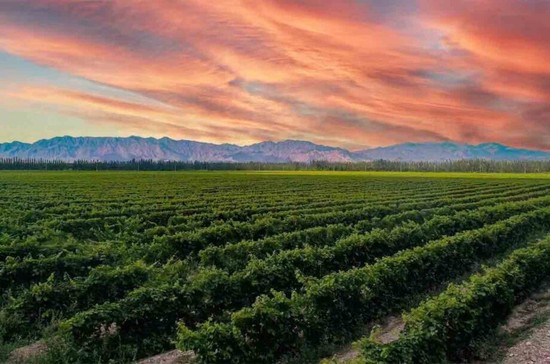
Shizuishan
The often-overlooked northerly sub-region has relatively limited land under vine, yet it showcases its quality through producers like Chateau Hedong and Jiuximing Zhuang Co.
Yinchuan (encompassing Helan sub-region in the north)
Well-shielded by the Helan Mountains to the west, Yinchuan is Ningxia’s core sub-region at 1000-1200m altitude. Rocky in the north (especially in the Jinshan Area), vineyards high on the steep, warm slopes enjoy early ripening; the flatter areas in the south (such as the Yongning area) have mixed soils of gravel, silt and clay.
Nearly half of the wineries in Ningxia are based in this hub surrounding the provincial capital. Renowned producers including the region’s oldest producer Xixia King, as well as Helan Qingxue – the winery that achieved a historical win at Decanter World Wine Awards in 2011. International wine corporates have a strong presence here – led by Changyu's Longyu Estate, LVMH's Chandon Ningxia, Pernod Ricard's Helan Mountain, and GreatWall's Chateau Terroir.
Other producers to know: Silver Heights, Copower Jade, Kanaan Winery, Legacy Peak, Zhihui Yuanshi, Lilan, Mihope, Jade Vineyard, Devo, Lansai and Ho-lan Soul
Qingtongxia
Close to the southern end of the Helan Mountain Range, the chilling wind from the Gobi desert brings good aeration to vineyards in the Qingtongxia region, which features well-drained sandy soils that slope from southwest to northeast.
Producers to know: including Xige Estate, Huahao and Stone & Moon are showing potential.
Hongsipu
This is the southernmost sub-region in Ningxia, with a relatively higher average altitude of 1,200 metres. Barely protected from cold spells from the nearby desert, Hongsipu faces a higher risk of frost in spring.
Producers to know: Dongfang Yuxing and Huida Sunshine
SHANXI
Wine plantings in Shanxi are concentrated in the Taiyuan Basin, bordering the Loess Plateau (a distinctive terroir in Northern China). Shanxi is recognised as a quality wine region, despite the limited area under the vine, thanks to the success of Grace Vineyard. Chateau Rongzi near the Yellow River is another rising star.
WUHAI
The Wuhai region of Inner Mongolia borders Ningxia to the south, where the northern stretches of the Helan Mountain range taper off. Here, the Yellow River flows from the south, makes a brief turn to the northeast, and then continues southeast towards the border of Shaanxi and Shanxi. Despite a long history of viticulture, there aren’t many wineries here – Jiolis Winery is the leading producer.
SHAANXI
Although somewhat lesser-known as a wine region, Shaanxi is home to Northwest A&F University, China’s first university with an oenology college and cradle of Chinese winemakers. The region, known for its rich historical and cultural heritage (Terracotta Warriors are found here), draws hundreds of thousands of tourists every year. Domaine de Jade in Lantian County, with its distinctive winery building, and Chanyu’s Chateau Rena are popular destinations for tourists and wine lovers.
The Northeastern Wine District
*North of the Qinling-Huaihe line and east of the Taihang Mountains
SHANDONG
With its enormous production scale, advanced winemaking technology, strong sales figures, and rich winemaking heritage, Shandong is undoubtedly the primary wine region in China.
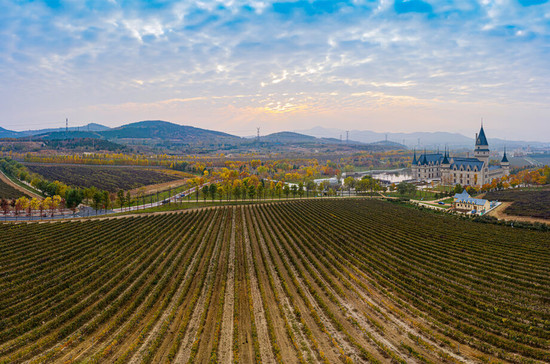
Vineyards are mainly concentrated on the Shandong Peninsula. With a significant maritime influence, the moderate climate means that producers do not need to bury vines in winter — this is the coastal region’s most important advantage for viticulture compared to other regions in northern China.
Annual rainfall is around 600mm, which is not excessively high but mostly falls during the summer. This reduces sunshine hours and increases pressure on disease and pest control during the crucial months of the growing season.
Yantai is the most important sub-region, and the Penglai area, where Changyu is based, hosts the majority of grapevine plantings. Founded in 1892, this wine giant has its Tinlot wine estate and Koya brandy estate located here. Other famous names include Lafite’s Longdai and large-scale producers such as Cofco GreatWall Penglai and Chateau Weilong. Among the new establishments, Chateau Junding and Longting Vineyard are the top producers.
Further south on the peninsula, Qingdao is home to Huadong Parry Winery and Chateau Nine Peaks, whose white wines have gained a passionate market following.
HEBEI
In terms of production volume and sales value, Hebei ranks second only to Shandong. Surrounding the capital, Hebei's most important sub-regions include Huailai, to the northwest of Beijing, and Jieshishan, to the northeast.
The mild Jieshishan sub-region is close to the Bohai Sea, with an annual rainfall of 700mm. Despite the moderating influence of the ocean, local producers need to bury vines in winter; also, humidity in the growing season makes disease and pest control a challenge.
Producers to know: Cofco Huaxia GreatWall, Maotai (best known for its Baijiu spirits) and Bodega Langes
Hualai sub-region not only has a market advantage, thanks to its proximity to Beijing, but also enjoys diverse terroir as it’s located in a small basin shielded by the Yanshan Mountains in the southeast, and shaped by the Guantin Reservoir and multiple river valleys.
It only receives 400mm of annual rainfall, as the Yanshan Mountains block the wet air from the ocean. The most widely planted variety here is Dragon Eyes, a pink Vitis vinifera believed to have been planted in China for 800 years, which used to be vastly popular on the domestic market. The Marselan grape (a French cross of Cabernet Sauvignon and Grenache), which is anticipated to become a poster grape for China by many, was first introduced here.
Producers to know: China GreatWall, Chateau Sungod (also under GreatWall), Domaine Franco-Chinois, Amethyst Manor and Château Martin.
BEIJING & TIANJIN
The history of winemaking in Beijing can be traced back to 100 years ago. As the political and cultural centre of China, this is an important region both for wine consumption and production. Boutique wineries are scattered across the Yanqing subregion in the north (adjacent to Huailai), Fangshan in the southwest, and Miyun in the northeast, although mostly on small scales due to the limited land resources near the capital – but they are ideal for day trips from the city. Chateau Afip of Changyu, located in Miyun, Beijing, is among the most successful estates for wine tourism in the area.
In the nearby municipality Tianjin, the Chadian subregion is known for wines made using Muscat Hamburg. Soon after China launched the ‘reform and opening up’ policies, the first Sino-foreign joint venture Tianjin Dynasty Winery was founded here in 1980, and Muscat Hamburg was used to make the estate’s first wines.
JILIN & LIAONING
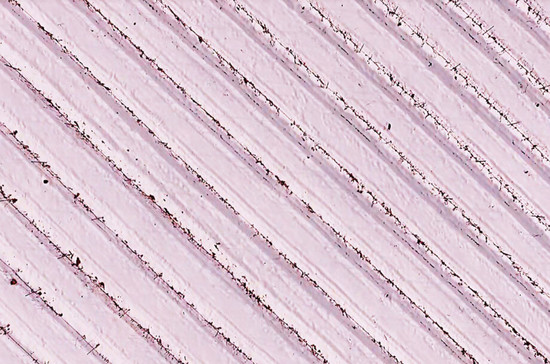
Jilin is located at 42 degrees north latitude, where the native wild ‘mountain grape (Vitis amurensis)’ finds its home. This variety can naturally survive harsh winters and is widely used by domestic viticulturists to crossbreed with Vitis vinifera in the hope of developing cold-resistant hybrids, thereby reducing the costs of vine burying in northern China. The variety itself contains high levels of anthocyanins and acid in the skin, but sugar levels are relatively low. Chaptalisation is a must.
Benefiting from abundant snowfall and the moderating Huanren Lake, the Huanren County of Liaoning boasts top-tier conditions to make ice wine. Extensive plantings of Vidal are found here for ice wine production, led by Changyu’s Golden Icewine Valley and Sanhe Winery.
Southern Wine District
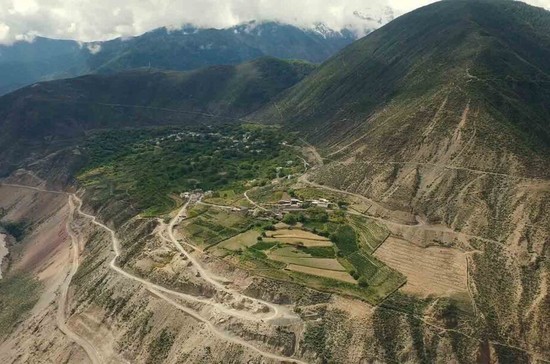
YUNNAN, SICHUAN & TIBET
Relatively new plantings are scattered across the upper valleys of the Lancang River, Nu River, Jinsha River, Dadu River, and Min River, within the overlapping area of these three regions. Located between 25 and 30 degrees latitude, vineyards are situated at high altitudes (1,600-2,800 metres), benefit from ample sunshine and moderate rainfall (500-600mm per year), and can survive the winter without extra protection.
However, vineyards are often planted on steep slopes and are less concentrated – you may find as many as ten plots within a single hectare – making them labour-intensive to cultivate. The shortage of experienced workers in these emerging regions adds to the challenge. LVMH's Ao Yun, Shangri-La Winery, and Xiaoling Estate are among the trailblazers; this area is also increasingly a popular destination for young winemakers to realise their ambitions.
The Pure Land & Super-high Altitude Vineyard in Sangri County, Tibet, at 3563.31 to 3631.69m altitude is recognised as the world’s highest vineyard by the Guinness World Records in 2018.
Other southern regions
Grape plantings are also found in the joint section of Henan, Anhui, Shandong and Jiangsu provinces (known as the Yellow River Old Course region). But the areas under vines are shrinking due to heavy disease pressure brought by wet summers.
Moving further south, Guangxi, Hunan, Jiangxi and Fujian provinces are making wines with indigenous varieties such as ‘furry grape’ (Vitis quinquangularis Rehd) and ‘spiky grape (Vitis davidii).
Box1: Top five wine planting regions in China
(Source: Regional wine bodies, 2023)
Helan Mountain East (Ningxia) 40000ha
Xinjiang 20000ha
Shandong 17000ha
Gansu 10000ha
Hebei 8700ha
Box2: Most planted red and white grapes in China
Red: Cabernet Sauvignon, Merlot, Cabernet Gernischt, Marselan, Syrah
White: Chardonnay, Vidal, Welschriesling, Petit Mengseng and Muscat Hamburg
(Source: Regional wine bodies, 2023)
Translated by: Sylvia Wu



